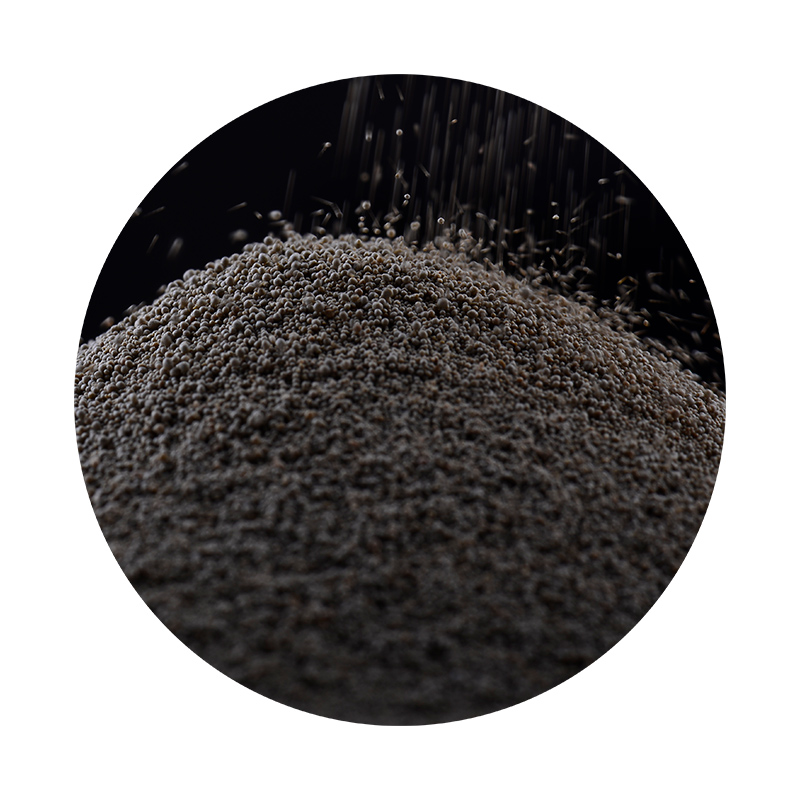The Impact of Sand and Resin in Modern Construction
In the ever-evolving landscape of modern construction, the combination of sand and resin has emerged as a revolutionary solution that has transformed various aspects of building materials and methodologies. This blend has garnered attention for its versatility, durability, and aesthetic appeal in diverse applications ranging from flooring systems to structural components.
Understanding Sand and Resin
Sand, a fundamental component in construction, is recognized for its abundance and varying granule sizes, making it an essential ingredient in concrete and mortar. When mixed with resin, a synthetic compound, it transforms into a composite material that exhibits enhanced performance characteristics. Resins, derived from polymers, provide strength, flexibility, and resistance to environmental factors, effectively complementing the properties of sand.
Advantages of Sand and Resin Composites
One of the primary advantages of sand-resin composites is their remarkable strength. Traditional materials such as concrete can be susceptible to fractures and damage under stress. However, the addition of resin creates a strong bond with the sand particles, reducing the likelihood of cracks and extending the lifespan of the material. This enhanced durability is particularly beneficial in high-traffic areas where wear and tear are a concern.
Moreover, the use of resin in conjunction with sand lends itself to innovative design possibilities. The flexibility of resin allows for a wide range of colors, textures, and finishes. This aesthetic versatility means that architects and designers can experiment with various visual effects, creating unique and attractive surfaces. For instance, in flooring applications, sand-resin mixtures can simulate natural stone, creating an elegant appeal while providing the robustness necessary for long-term usage.
Applications in Various Sectors
sand resin

The combination of sand and resin finds its applications across multiple sectors. In the construction of pavements and walkways, these composites are utilized to create slip-resistant surfaces that offer safety alongside durability. Their ability to withstand harsh weather conditions makes them ideal for outdoor applications, where exposure to moisture and temperature fluctuations can compromise traditional materials.
Furthermore, the agricultural sector benefits significantly from sand and resin composites, particularly in the production of specialized coatings for agricultural equipment. These coatings enhance resistance to corrosion and abrasion, extending the equipment's operational lifespan.
In the realm of arts and crafts, the blend of sand and resin has catalyzed the creation of stunning decorative items, including furniture and artistic installations. The artistic community has embraced this material for its adaptability and the unique textures it can produce, igniting a creative revolution in handmade goods.
Environmental Considerations
In recent years, the construction industry has faced increasing scrutiny regarding its environmental impact. While traditional materials often require significant energy and resources to produce, innovations surrounding sand and resin have introduced more sustainable practices. Many manufacturers are now exploring the use of recycled materials in resin production, which can mitigate waste and reduce the carbon footprint associated with construction activities.
Conclusion
In summary, the integration of sand and resin into construction practices is not merely a trend—it represents a forward-thinking approach to material science that promises enhanced performance, aesthetic diversity, and environmental responsibility. As the industry continues to innovate, the sand-resin composite is poised to play a pivotal role in shaping the future of construction, offering solutions that are not only durable and visually appealing but also sustainable and functional. Embracing this combination is not just beneficial; it is essential for those aiming to meet the demands of contemporary architecture and design.
Post time:Aug . 12, 2024 11:12
Next:Exploring the Benefits of Incorporating Sand into Resin for Enhanced Durability and Aesthetic Appeal
